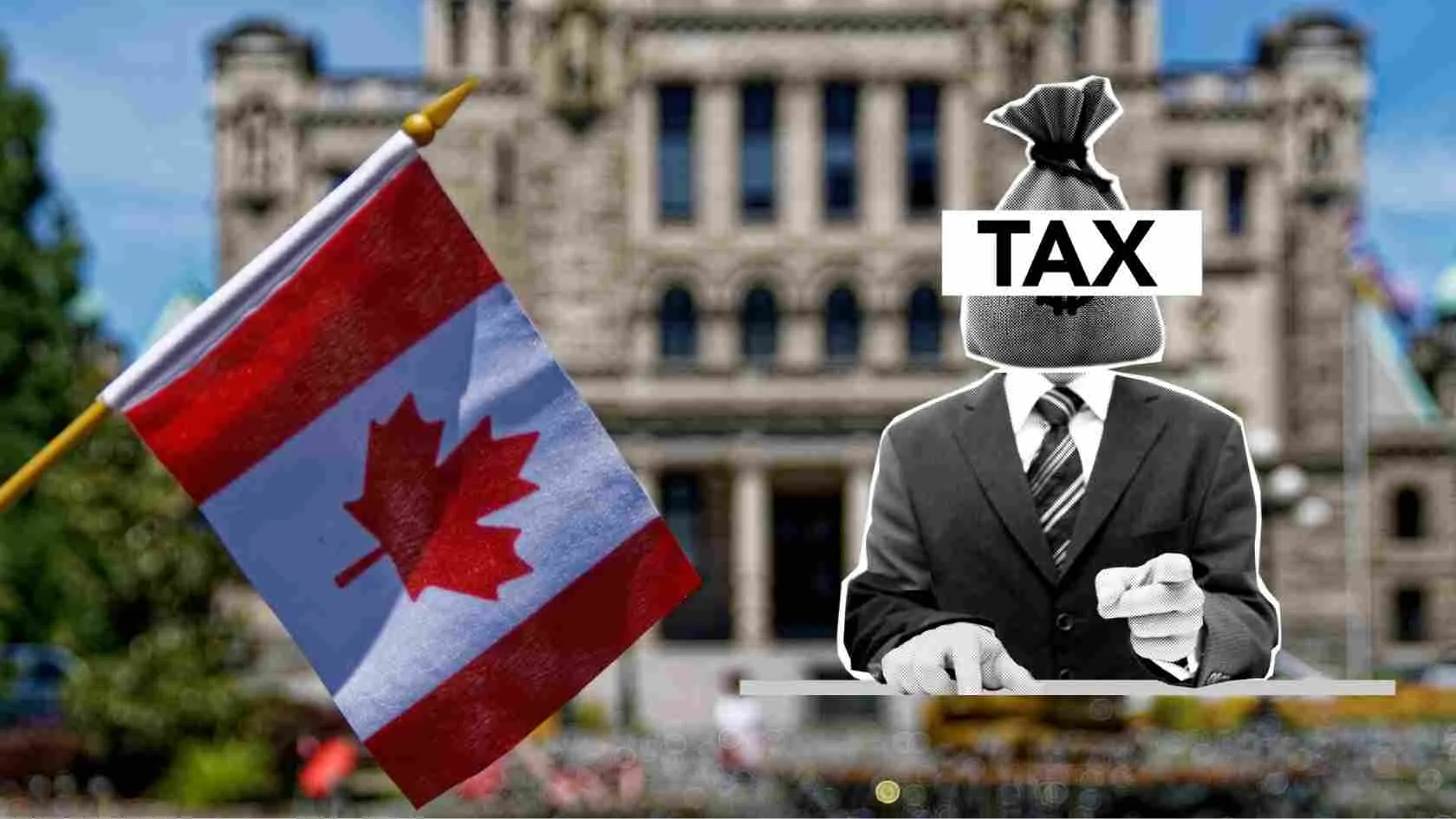In recent years, the Canadian government has introduced a series of targeted GST/HST tax relief measures aimed at reducing the financial burden on individuals and families, particularly in response to inflationary pressures and the rising cost of living. These measures range from temporary tax holidays to permanent credits and rebates, each with its own eligibility criteria, timelines, and unique policy intent. The following article explores these initiatives in detail, including the specific deadlines and features that distinguish them.
Temporary GST/HST Tax Holiday (Winter 2024–25)
Between December 14, 2024, and February 15, 2025, the federal government implemented a temporary GST/HST exemption on a wide range of essential and seasonal consumer goods. This relief was enacted under Bill C‑78, titled the “Tax Break for All Canadians Act.” The measure applied to a broad set of items, including basic groceries, prepared meals, children’s clothing, books, puzzles, car seats, diapers, and even Christmas trees and holiday decorations.
A unique feature of this tax holiday was its automatic implementation: consumers did not need to apply or submit any documentation to benefit. All eligible purchases made during the window were automatically exempted from GST or HST at the point of sale. Retailers were responsible for updating their systems to reflect the zero-rated status of the listed items. This streamlined approach ensured immediate consumer benefit without additional administrative barriers.
If a consumer was mistakenly charged GST/HST during the holiday period, they had until the end of the fiscal year to request a correction. Initially, they were advised to seek a refund directly from the retailer. However, if the retailer declined, the customer could submit a formal rebate request to the Canada Revenue Agency (CRA) by filing Form GST189 using Reason Code 1C. This mechanism ensured that eligible consumers had recourse beyond the retail level, reinforcing the government’s commitment to the integrity of the relief.
GST/HST Credit for Low-Income Individuals and Families
In addition to temporary relief efforts, the Canadian government offers a permanent GST/HST Credit designed to support low- and modest-income individuals and families throughout the year. This tax-free quarterly payment is automatically calculated based on a person’s annual tax filing and income level. For the 2025–26 benefit year, which runs from July 2025 to June 2026, eligible single individuals may receive up to $533 annually, while couples may receive up to $698. Each dependent child under the age of 19 qualifies the family for an additional $184.
The key feature of this program is its automatic enrolment mechanism. Canadians do not need to apply separately for the GST/HST Credit; instead, eligibility is determined solely through their annual income tax return. However, to ensure receipt of the payment, individuals must meet certain conditions. They must be at least 19 years old or, if younger, must be married or have a dependent child. Newcomers to Canada are required to complete Form RC151 to be considered. Payments are issued quarterly—on the fifth of July, October, January, and April—unless the calculated annual amount is less than $50, in which case it is issued as a lump sum in July.
The simplicity and automatic nature of the credit set it apart from many social assistance programs. Unlike the temporary holiday, this program provides recurring relief, making it a critical form of support for Canadians who face ongoing cost-of-living challenges.
GST Rebate for First-Time Home Buyers (Announced May 2025)
One of the most notable policy announcements in 2025 came on May 27, when the government introduced a GST rebate program specifically for first-time home buyers purchasing newly constructed homes. Under this measure, first-time buyers of eligible new builds will be reimbursed the full federal GST or federal component of the HST, provided the home is priced at up to $1 million. For homes priced between $1 million and $1.5 million, a partial rebate applies on a sliding scale.
The defining feature of this program is its retroactive limitation. Only purchase agreements signed after May 26, 2025, are eligible for the rebate. This date-based cut-off is non-negotiable, making it critical for prospective buyers to be aware of their contract timelines. The rebate must be claimed as part of the closing process or through a formal application process administered by the CRA. This initiative is expected to significantly ease the financial burden on first-time homeowners, particularly in high-cost urban areas where new housing prices have surged well beyond traditional GST rebate thresholds.
Unlike other credits or holidays, this measure is highly targeted and directly tied to the government’s broader housing affordability strategy. It is also unique in that it applies to a major capital purchase, rather than everyday consumer goods or services.
Conclusion
The GST/HST tax breaks in Canada serve diverse policy goals, from seasonal cost-of-living relief to long-term support for vulnerable populations and strategic sectors like housing. The Winter 2024–25 tax holiday stood out for its immediate, across-the-board implementation and its retail-level impact. In contrast, the GST/HST Credit functions as a steady income supplement for qualifying individuals, operating quietly but effectively through the tax system. Finally, the first-time home buyer rebate offers a future-facing incentive aligned with pressing affordability challenges.
Each measure has been structured with unique features—be it automatic delivery, fixed-date eligibility, or specific filing procedures—that reflect the government’s evolving approach to economic support. Staying informed about the deadlines and criteria for each initiative ensures that Canadians can make the most of these tax relief opportunities.
Read More: SEARCH BY AUTHORITIES IN THE PREMISES AFTER SUNSET

